
PDIC No Longer Accepting Cash Payments
Due to to changes in University policy, we will no longer be able to accept cash payments for our …



El inglés es el idioma de control de esta página. En la medida en que haya algún conflicto entre la traducción al inglés y la traducción, el inglés prevalece.
Al hacer clic en el enlace de traducción se activa un servicio de traducción gratuito para convertir la página al español. Al igual que con cualquier traducción por Internet, la conversión no es sensible al contexto y puede que no traduzca el texto en su significado original. NC State Extension no garantiza la exactitud del texto traducido. Por favor, tenga en cuenta que algunas aplicaciones y/o servicios pueden no funcionar como se espera cuando se traducen.
Inglês é o idioma de controle desta página. Na medida que haja algum conflito entre o texto original em Inglês e a tradução, o Inglês prevalece.
Ao clicar no link de tradução, um serviço gratuito de tradução será ativado para converter a página para o Português. Como em qualquer tradução pela internet, a conversão não é sensivel ao contexto e pode não ocorrer a tradução para o significado orginal. O serviço de Extensão da Carolina do Norte (NC State Extension) não garante a exatidão do texto traduzido. Por favor, observe que algumas funções ou serviços podem não funcionar como esperado após a tradução.
English is the controlling language of this page. To the extent there is any conflict between the English text and the translation, English controls.
Clicking on the translation link activates a free translation service to convert the page to Spanish. As with any Internet translation, the conversion is not context-sensitive and may not translate the text to its original meaning. NC State Extension does not guarantee the accuracy of the translated text. Please note that some applications and/or services may not function as expected when translated.
Collapse ▲
Due to to changes in University policy, we will no longer be able to accept cash payments for our …

To get a pesticide license there are a few steps to take, but it’s all pretty straightforward. Below is …
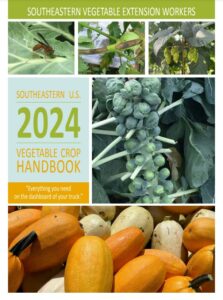
The 2024 Southeastern U.S. Vegetable Crop Handbook can be accessed with the link below. Unfortunately, the updated Handbook will not be …
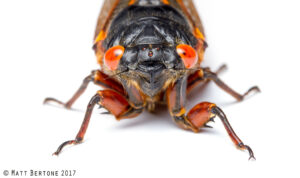
If you’ve been listening to the news lately, I’m sure you’re aware this is a special year for our …
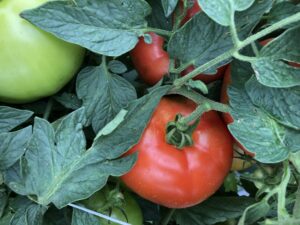
This is the largest commercial vegetable grower event in the region with a high quality educational program put together …
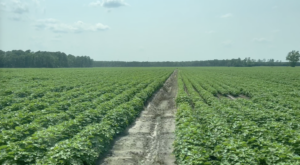
Farmlaw recently contributed a short article to Southern Ag Today (linked) on the distinction between wetlands protections modified by the recent …

Click on the flowchart below to help you determine if you need a pesticide license or certificate. Also, there are …
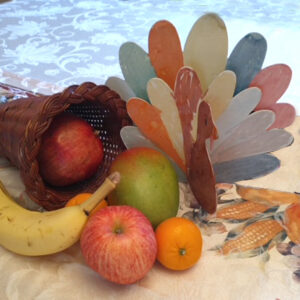
The NC State Plant Disease and Insect Clinic will be closed Thursday and Friday, November 23-24, 2023 for the …
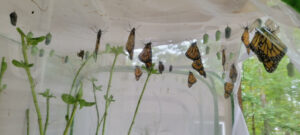
Have you ever wanted to raise Monarch butterflies? How about 237 monarchs released from your very own fingertips? Well, …
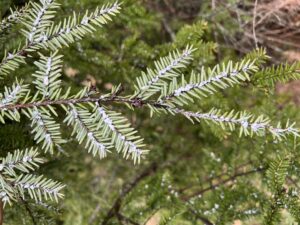
The hemlock woolly adelgid is an enemy of hemlock forests and has been for years. Native to Asia and …

Written by Md Ziaur Rahman Bhuiyan and Lina M. Quesada-Ocampo. Cucurbit downy mildew (CDM) is caused by an obligate oomycete, …

As if we needed another large wasp to strike fear in residents of the US, the state of Georgia …
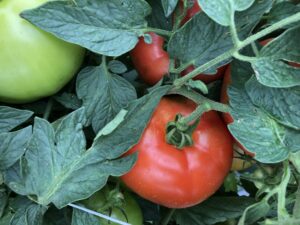
Late blight on tomato has been confirmed on an organic vegetable farm in Henderson County, NC on 7 Aug …
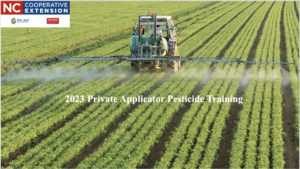
For private applicators, September 30th is the date by which many have to get renewal X and V credits …
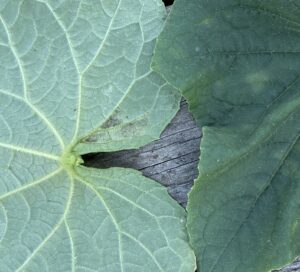
Cucumber downy mildew (CDM) has been confirmed on cucumber plant samples from a research plot at the Mountain Research …
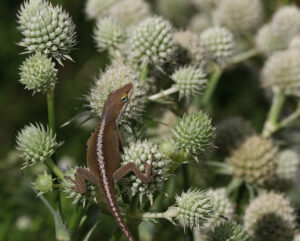
In late 2008, I planted a demonstration pollinator garden at Chatham Mills to provide forage from early spring to …

Vegetable growers in western North Carolina: Be on the lookout (BOLO) for late blight on tomato and cucurbit downy …
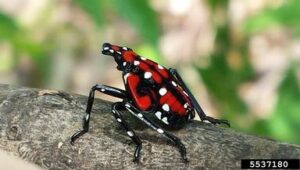
Last month, we reached a milestone one year since spotted lanternfly was detected in North Carolina. The first active …

Construction of the Integrative Sciences Building will result in a multi-year closure of a portion of Stinson Dr. As …

This factsheet describes the biology of the cane lace bug or bamboo lace bug, Leptodictya …

This factsheet describes the biology of the banded sphinx moth or lesser vine sphinx, Eumorpha …

This factsheet describes the biology of the elm-grass root aphid, Tetraneura ulmi, and provides residential …
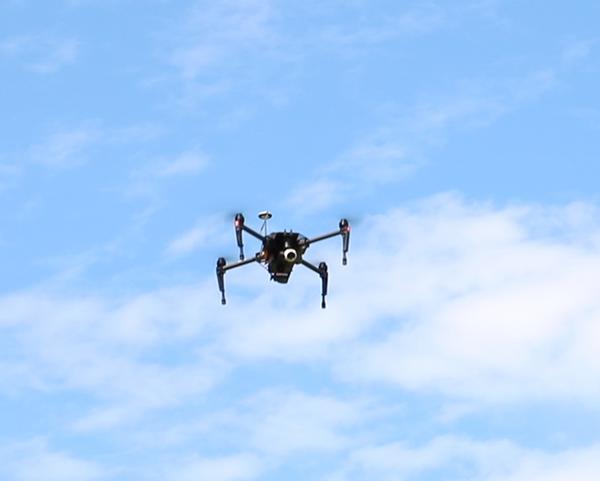
This publication discusses flying unmanned aerial vehicles (drones, model aircraft) for commercial purposes. You'll learn …
This publication describes the life cycle, scouting and treatment of the balsam twig aphid, a …
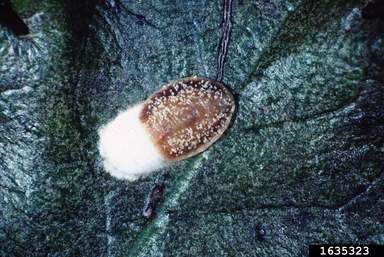
This article will cover two important scale insect pests of blueberries in North Carolina, terrapin …

This vegetable pathology factsheet describes the identification and treatment of anthracnose of pepper.

This factsheet describes the biology and control of bermudagrass mites (Eriophyes cynodoniensis), tiny, worm-like arachnids …